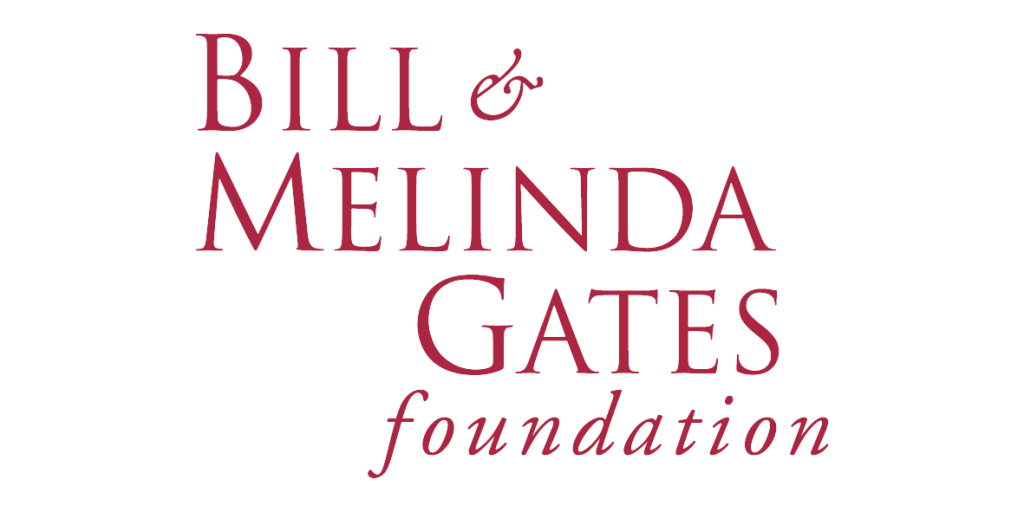By Haruna Gimba
The Bill & Melinda Gates Foundation has unveiled a groundbreaking portable ultrasound technology, as part of measures to combat high mortality rates from pregnancy-related complications in remote African areas.
President of Gender Equality at the Bill & Melinda Gates Foundation, Dr Anita Zaidi, revealed this to the News Agency of Nigeria during the WomenLift Health Global Conference 2024, held in Dar es Salaam, Tanzania.
Addressing a global audience, she stressed the urgent need for accessible diagnostic tools in regions with limited healthcare facilities, citing nearly 300,000 women and over four million newborns who perish annually due to pregnancy-related complications.
The compact ultrasound devices, equipped with artificial intelligence capabilities, aim to transform prenatal care by enabling early detection of life-threatening conditions.
Dr Zaidi emphasized democratizing access to such technologies to save more lives and ensure healthier outcomes for mothers and babies globally.
“Field testing has demonstrated the devices’ effectiveness in identifying high-risk pregnancies, surpassing human capabilities in estimating gestational age.
“These advancements align with the Foundation’s mission to bridge healthcare disparities and promote equitable access to life-saving interventions.
“Through partnerships, the Foundation develops portable, affordable, and AI-enabled ultrasound devices, offering hope for improved maternal and child health outcomes worldwide,” she said.
Zaidi also announced the introduction of Vaccine Microneedle Array Patches, marking a new era in vaccine delivery, particularly in regions with limited access to cold chain requirements and trained healthcare workers.
She highlighted the transformative potential of next-generation diagnostic systems in identifying life-threatening diseases faster, more affordably, and with greater accessibility.
Innovations in contraceptive technology, such as DMPA-SC and potential monthly pills, patches, and injectables, offer hope for improving contraceptive access and empowering women.
Zaidi emphasized the critical importance of HPV vaccines in preventing cervical cancer, citing new research supporting the efficacy of one-dose regimens to expand vaccine coverage.
Despite progress, challenges persist, including health inequities and barriers to accessing quality essential services, especially for vulnerable groups such as rural and low-income populations. Ongoing crises exacerbate these challenges, underscoring the need for continued innovation and collaboration in global health initiatives.
Maternal mortality rate in Africa, published by Saifaddin Galal, showed that in South Sudan, Chad, and Nigeria, the maternal mortality rate was above 1,000 in 2020.
South Sudan recorded the highest number of mothers’ deaths per 100,000 live births. That year, for every 100,000 children, 1,223 mothers died from incidents related to or aggravated by pregnancy or its management.
The maternal death rate in Chad equalled 1,063, and Nigeria followed with 1,047 deaths per 100,000 live births.
Despite these gains, persistent challenges, include health inequities and barriers to accessing quality essential services.
Vulnerable groups, especially in rural and low-income populations, face significant disparities in healthcare coverage, while ongoing crises such as conflicts, climate change, and epidemics further exacerbate these challenges.




